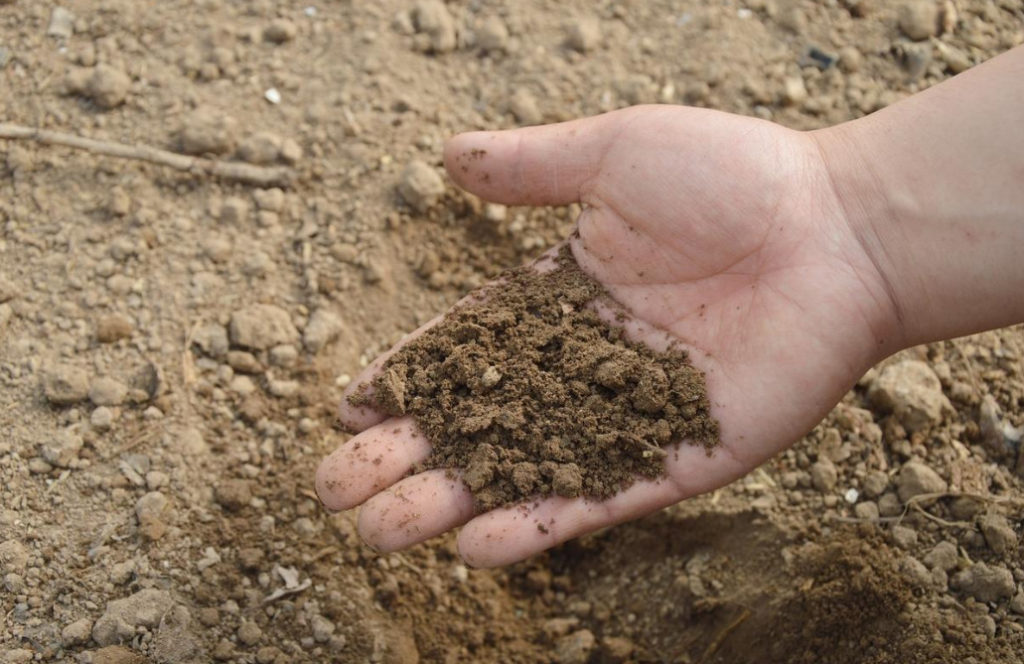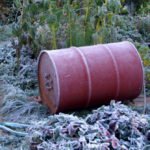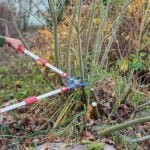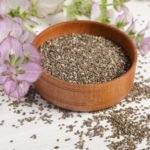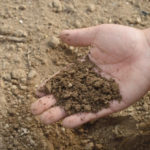What to do if you get clean sand?
1. Create a water-retaining layer. There are many ways, I will give the simplest. In place of the future flowerbeds dig a hole with the contours of the flowerbed depth of about 50 cm. the Bottom of the pit lay the film. On top put a layer of any organic matter (manure, humus, chopped branches, cut grass, sawdust, paper, etc.) with a thickness of about 20 cm. Remove the soil mix with any organic matter (humus, silt, clay) and return to place.
2. To make mineral fertilizers in such soils is best in a dry form and in an increased (25 %) concentration.
3. Mulch the soil with humus. Mulch the barrel circles with stones. During the day they are heated, and at night they cool down, forming condensate, which will water your plants.
4. Be watered frequently and abundantly.
What if you got clay?
1. To carry out the structuring of the soil to make the peat, sand, rotted sawdust, pine needles, shredded bark, etc.
2. Mulch the soil with any material that delays evaporation (humus, black lutrasil, rotted sawdust, foliage).
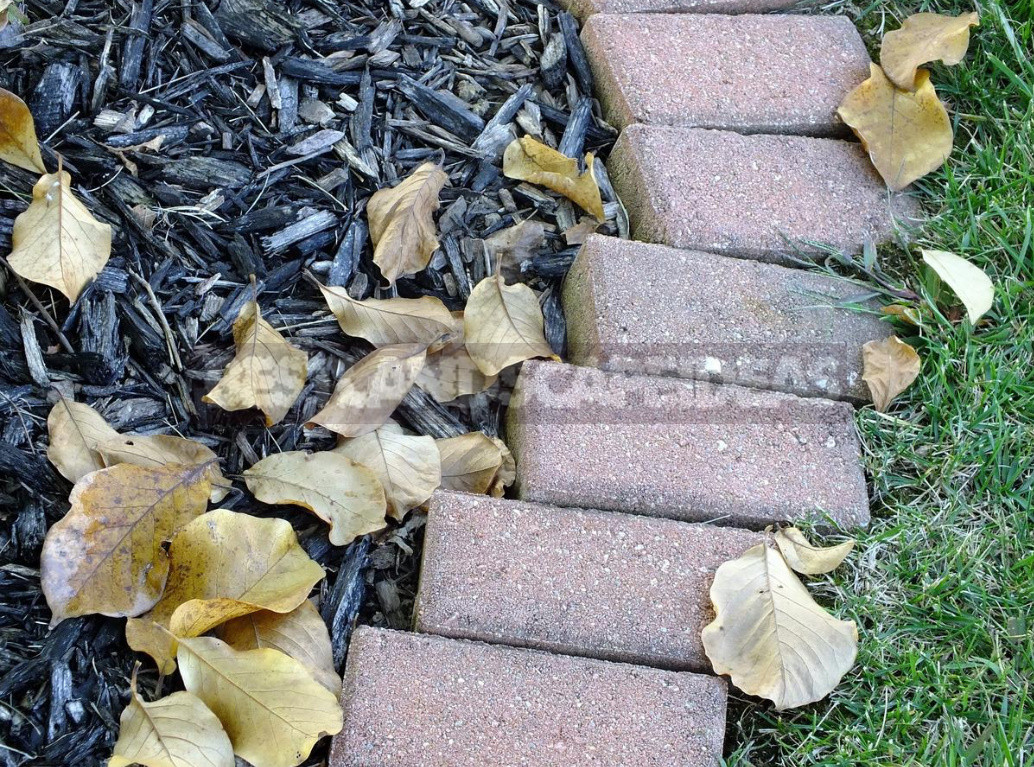
3. Apply mineral fertilizers in liquid form in reduced concentrations.
4. Populate the soil with earthworms.
5. All available places to plant ground cover plants.
6. Water rarely, but abundantly. Loosen the soil after heavy rain and irrigation carried out on the surface.
How to fertilize, dig and water?
These three simple garden operations should be done wisely, otherwise there will be more harm than good.
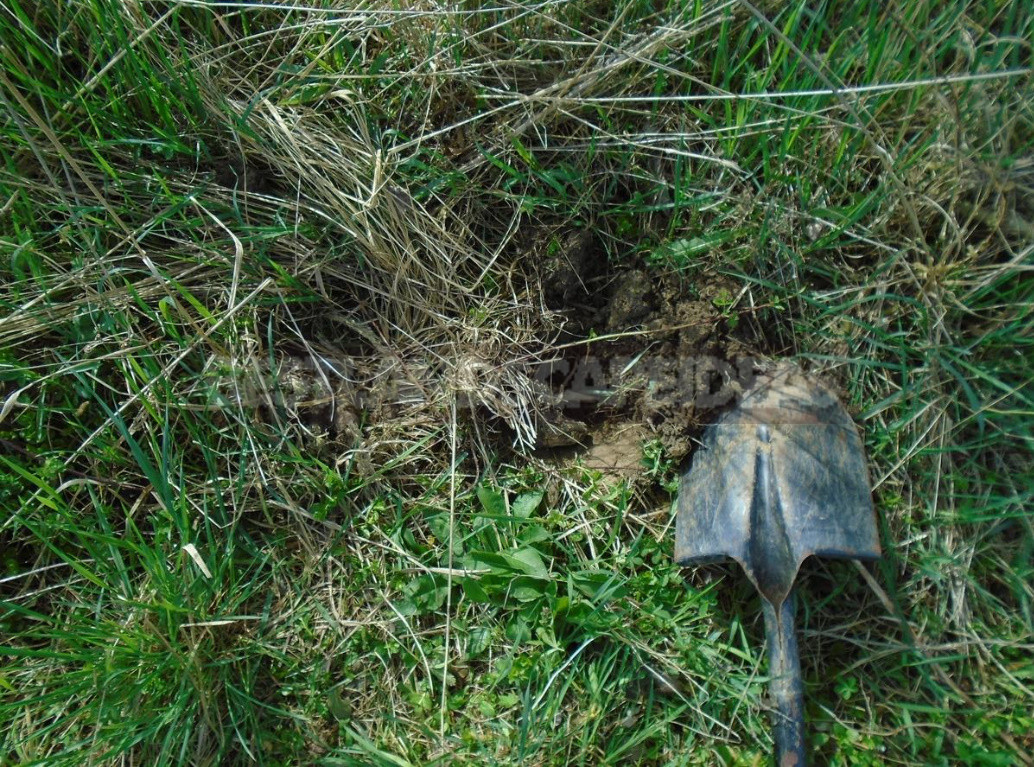
Watering is a delicate matter
For the most curious propose a a small experiment. After the rain medium strength or artificial irrigation to determine how deep was the water. If for 1 hour she penetrated on 15 centimeters, then you have ordinary soils. If the depth of penetration of moisture is less, then you need to do the structuring of the soil, and if more, then your soil asks for organic matter.
In the upper layers of the soil, water is formed as a result of the difference in day and night temperatures. You can use this phenomenon: mulch material of dark color (black lutrasil, humus, bark, stones). The more the mulch heats up during the day, the more abundant the condensate will be.
There are different ways to water less often, but more effectively. On sandy soils, the task is to deliver water to the roots and hold it there. Take plastic bottles with a capacity of 1.5-2 liters, drill their walls and bottom, dig in so that only the neck sticks out of the ground, fill with water. Such a bottle will be able to supply moisture to a circle with a diameter of 60 cm for about 7-10 days.
Another option (maybe a better one) is to use old hoses and pipes. They are perforated, one end is muffled and buried to the desired depth, leaving one end outside. When watering, you pour water into this pipe. Thus, it is possible to provide water to plants at a distance of 30 cm on both sides of the pipe.
Advantages of these methods: the outer layer is not watered — accordingly, its structure is not disturbed and water evaporation is sharply reduced; water does not fall on the leaves of plants, which helps to reduce the likelihood of fungal diseases.
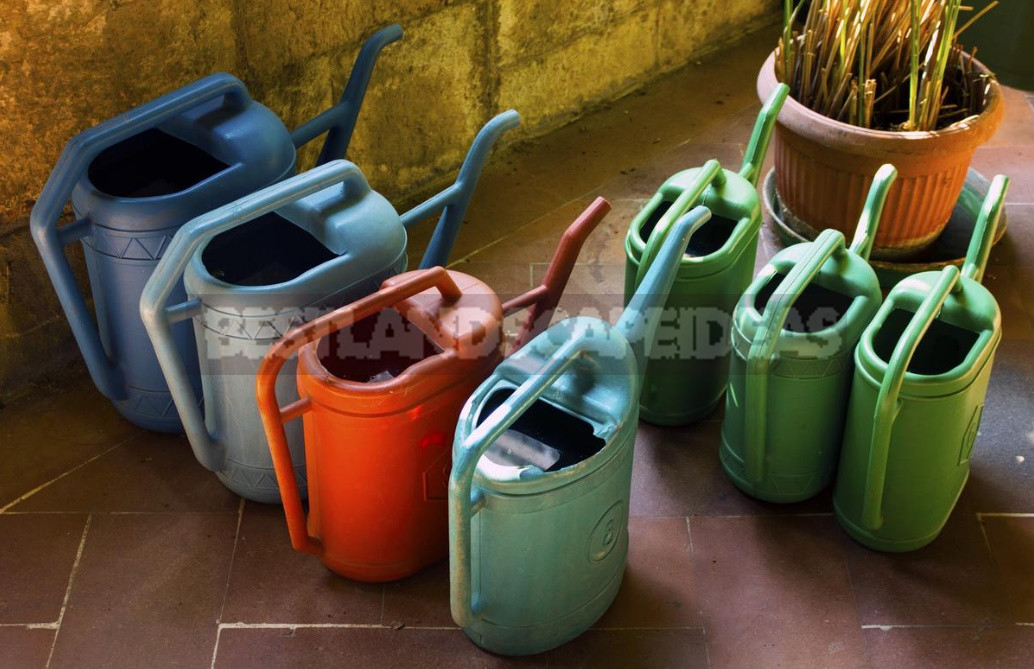
On clay-heavy soils, the challenge is to help plants extract water. At the site of the future flower bed, dig a hole 50 cm deep and 20 cm fill it with drainage material (gravel, debris, bottles left over from the Banquet about the purchase of the site). Then stick a few scraps of pipe vertically into it and return the soil to its place. Watering is carried out through pipes. You have created something like groundwater.
And another important caveat: it is better not to weed at all than to leave bare soil. No one knows a forest or a meadow, and the plants there feel better than in many gardens. The fact is that the shaded soil evaporates little, but bare gives everything. So do not spare money for groundcover plants – they are cute, elegant and will greatly facilitate your life.
To dig or not to dig?
Don’t dig deep! Conducting digging with the turnover of the reservoir, you bury microorganisms, accustomed to live from above, to the depth-where they die, and the inhabitants of the dungeon raise to the surface, where they have no life. Moreover, excessive diligence you facilitate the fate of numerous pathogens. The depth of the processed layer should not be more than 15 cm. do not dig, but loosen!
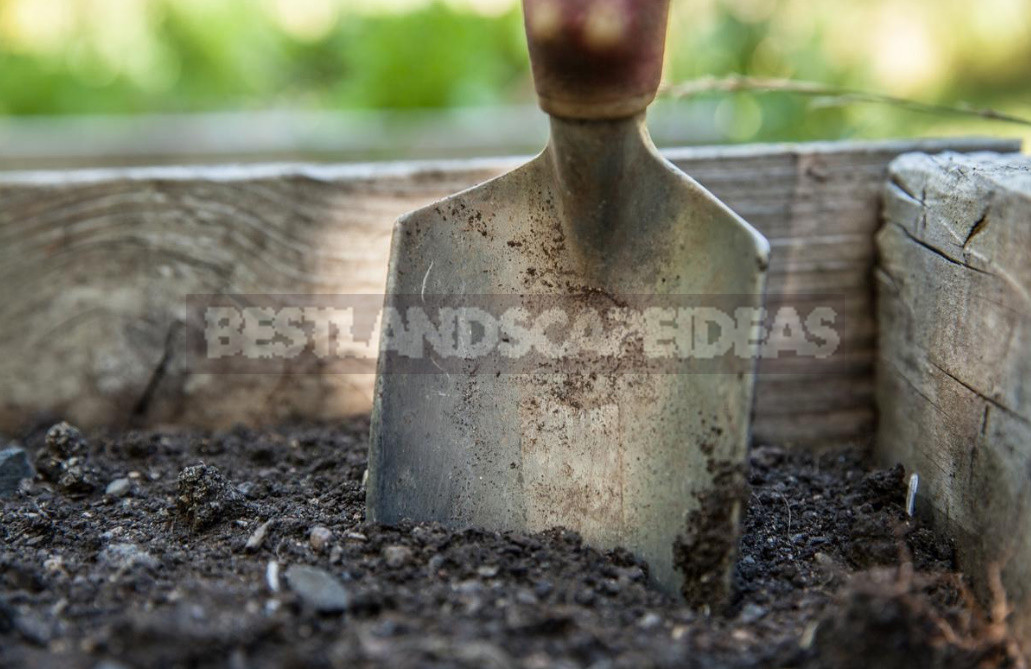
I know a garden in which the earth is not dug at all. To plant trees and bushes, the owner makes a cruciform cut in the turf, pushes the edges, rakes out a little earth, inserts the seedling and tramples the cut. It’s done! Incidentally say, is growing have him all, and is growing well. He cuts the grass around the seedlings with a trimmer. He has only two flower beds, and during the initial processing he dug them up. But he plants powerful and tall flowers on the same principle as trees. Bloom great!
I’m not that extreme, but I hardly use a shovel. The treated land is loosened with the usual Fokine planar cutter. With his help, I prepare a place for planting and conduct weeding. Only on long-term turf it is necessary to undertake a shovel. When I plan a new flower bed, I remove 10 cm of turf, put it in a pile. A month and a half will turn out decent compost. Then I dig a ditch on the perimeter of the flowerbed to a depth of 40-50 cm I insert into it strips of slate or iron (if the flowerbed is angular) or 2-3 times rolled film (if the edges should be smooth). This barrier will protect planting from rhizomatous weeds by 80 percent. Then I select the roots from the territory of the flower bed, level the surface and fall asleep last year’s compost to the desired height. Now you can plant or sow.
The eternal question: manure or chemistry?
In any soil fertilizer is better to make fractional. A single application of fertilizer can cause a shock to the plants, and instead of the expected result, you will get the opposite.
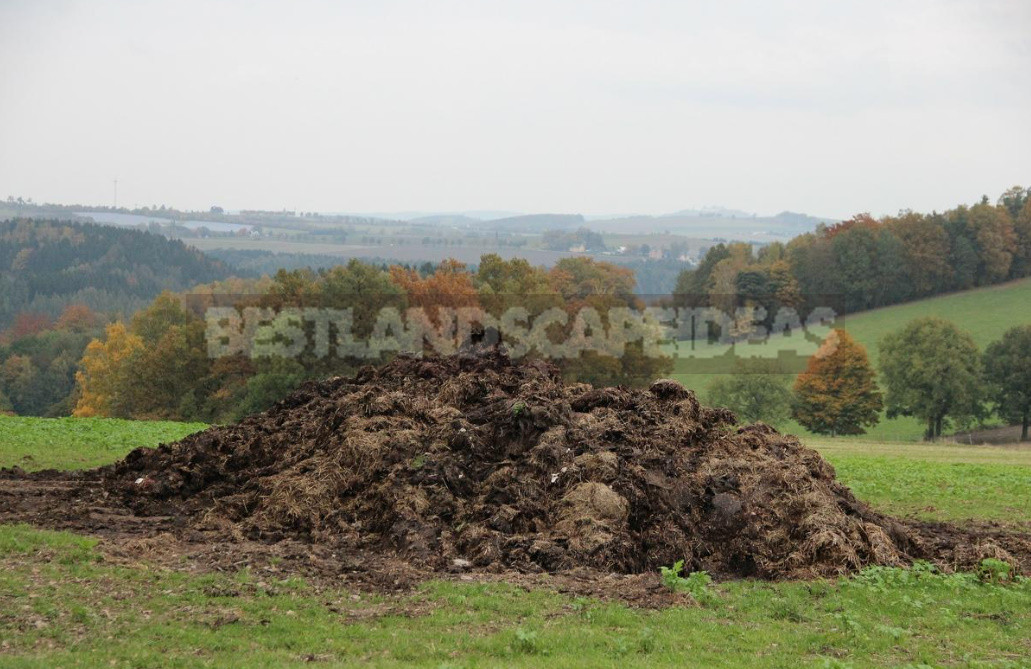
The choice of fertilizers and methods of their application is the subject of many years of disputes. I will not go into details of a problem, I will tell only that, in my opinion, there are three main parties of gardeners: admirers of mineral fertilizers; adherents of natural agriculture (only manure, compost, ashes, etc.); gardeners without firm principles (use both compost, and ashes, and mineral water).
I refer to myself, rather, to the party of “naturals”, but with significant amendments. The fact is that in nature, there is no one to make manure or ash. The only truly natural fertilizer is plant residues processed by soil flora and fauna. Hence a simple conclusion: the more useful fungi, bacteria and other living creatures in the soil, the better its composition. Therefore, I try as much as possible to use the so-called technologies of effective microflora. In addition, I use drugs of natural origin: salts of indolylacetic acid for enhanced root formation, succinic acid to stimulate seed germination and some others.
